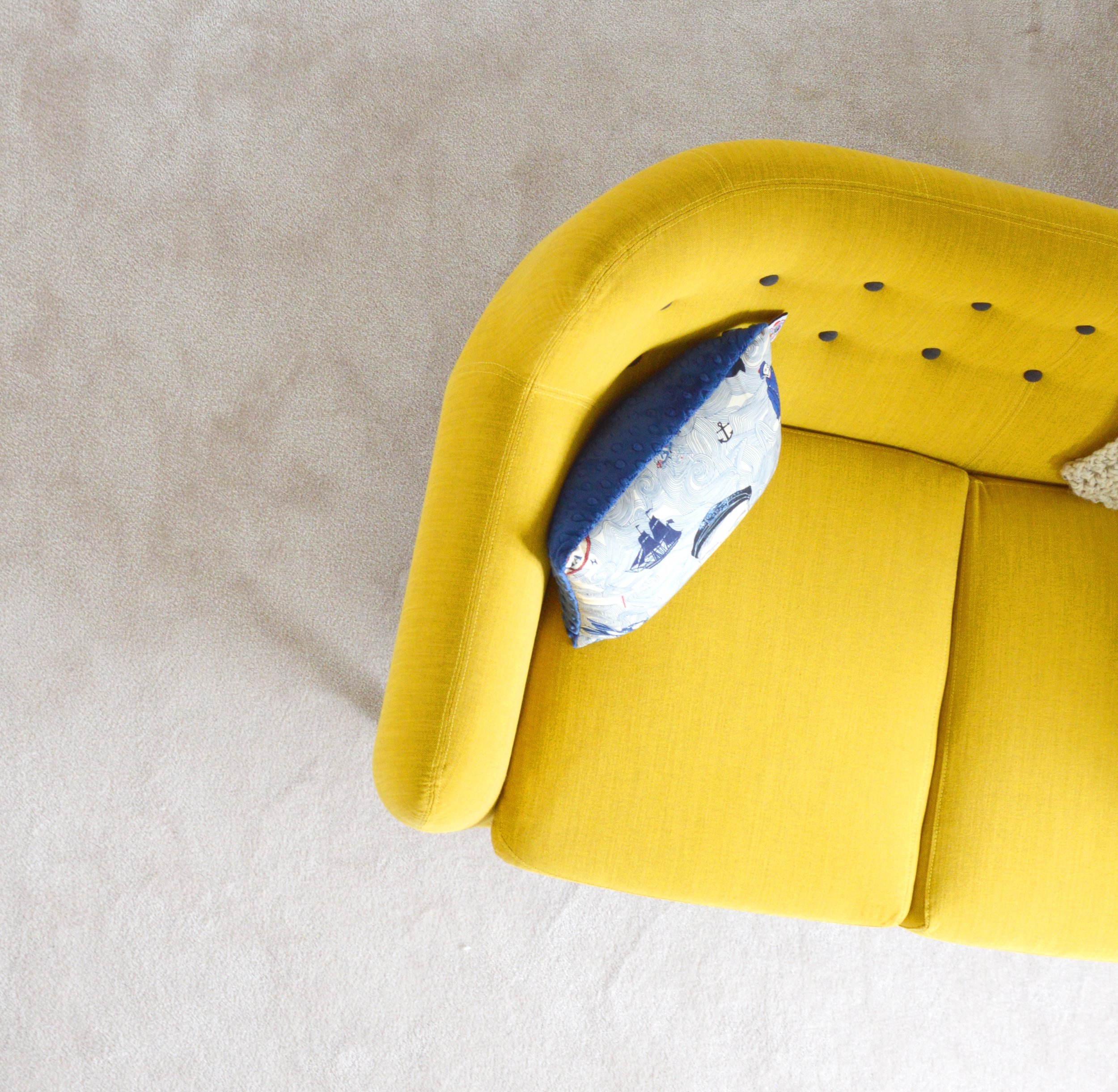Moving is usually stressful and complicated, but moving internationally is a different beast altogether! After all, you’re dealing with a whole new country, with a different set of laws and regulations, governing everything from banking practices and medical insurance to traffic laws and school systems.
To help you with your upcoming international move, we’ve put together the following list of 7 tips. This is by no means a comprehensive list, but it’ll certainly get you started.
-
Plan, and budget, far in advance: This is a good tip for any move, but it is especially prudent advice for those moving internationally. The costs of flights and shipping alone call for extreme budgetary measures, and the bureaucratic complications of passports and visas can take months to deal with.
-
Lock down cheap airfare: Sign up for travel alerts on budget travel sites to receive emails letting you know when your flight is selling for an especially low price. Our favorite sites to use for this are Kayak and Skyscanner. Skyscanner is particularly helpful, as it can find you the cheapest flight in an entire month. Splitting up your travel can save you a lot of money as well.
-
Stock up on your favorite brands: No need to go overboard here, as you do have to carry all this stuff with you! But if you’re attached to a particular brand of shampoo, peanut butter, candy, face wash, etc., you may want to bring some along.
-
Stay aware of baggage-weight limits: While you may get lucky and find a nice staff member who will waive your overweight baggage fees, I wouldn’t count on it. Airlines typically charge $50–200 for overweight bags, so plan ahead and pack your bags using one of these handy tools.
-
Storage or shipping?: While price is an obvious factor in this decision, it also depends on how long you’re moving abroad for, and where you’re moving. For example, if you’re moving to Europe for multiple years, it might be worth it to ship your vehicles and all your furniture abroad. But if you’re moving to Canada for a year-long stint at a new job, you might be better off leaving your stuff in storage.
-
Pack smart: Certain things you’ll want to keep with you in your carry-on bags, just in case your checked bags are sent to the wrong place!
-
Carry–on bags: Essential items to bring with you on board include: laptops, phones, chargers, medicines and prescriptions, important documents (birth/marriage certificates, medical records, school records, insurance documents, etc.), jewelry and other small valuables.
-
Checked bags: If you’re freight shipping the bulk of your stuff, your checked bags should include everything you’ll need to live comfortably until the freight arrives. That means clothes, shoes, toiletries, books, toys and schools supplies, etc. If you’re not shipping anything, then your checked bags will include everything else you own!
-
Research the culture: There are many small cultural quirks you won’t experience or fully understand until you’re actually living abroad, but there is plenty you can learn before you arrive to ease the transition. Ask friends who have lived or traveled there, and scour the internet for helpful blogs and guides. And if they speak another language where you’re moving, 5–10 minutes a day on Duolingo or Memrise can work wonders in just a few short weeks!
For more help with your international move, most of the other guides on this site will still apply to you, so check them out!
Thanks for reading! If you liked this post, please recommend or share it with others. 🙂
Want to talk? Connect with Moved on Facebook, Twitter, and Instagram!













